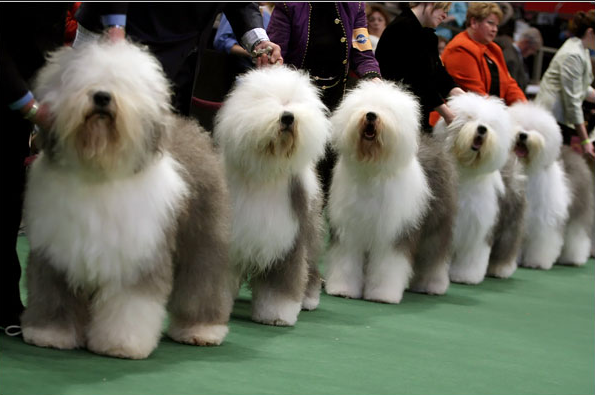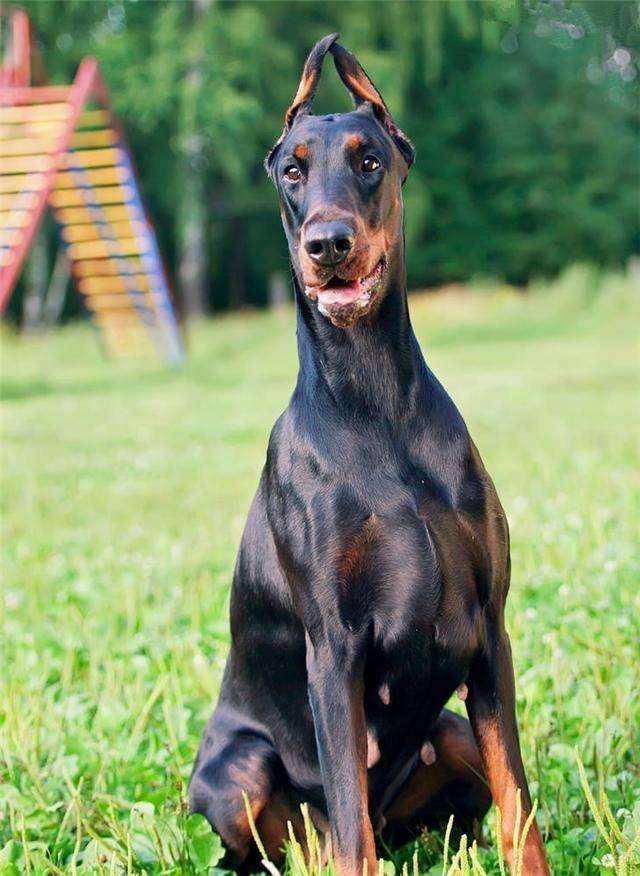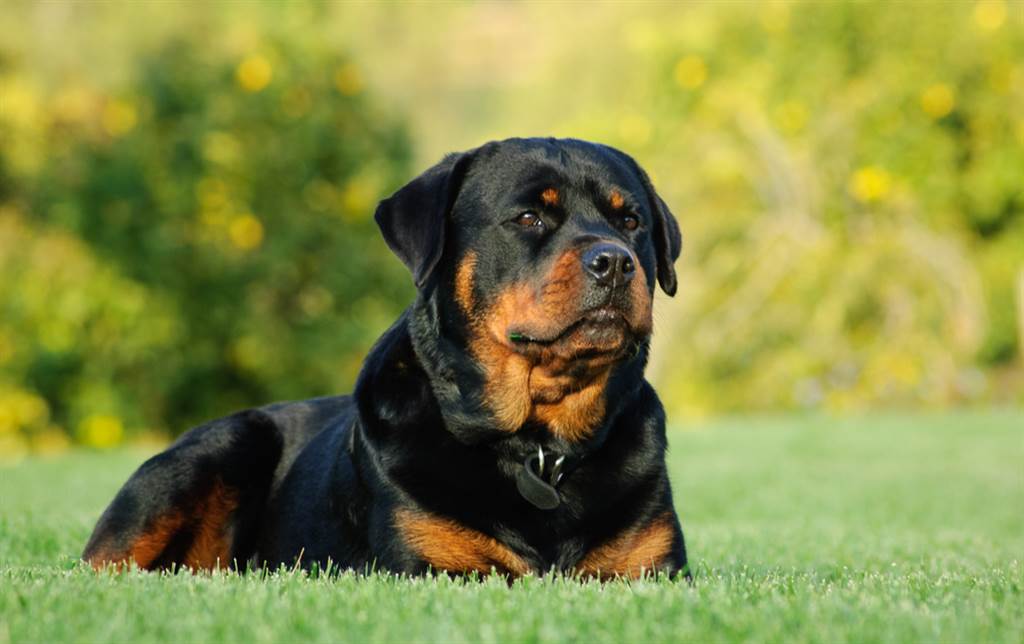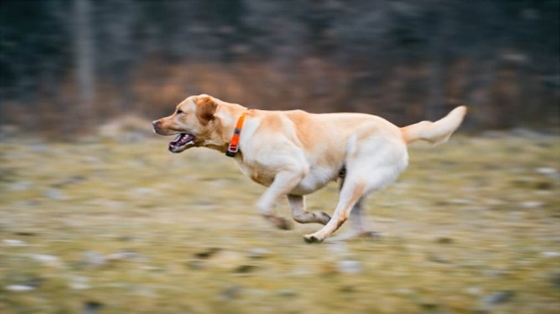The Old English Sheepdog, also known as the Bobtail or Old English Bobtail, is one of the oldest sheepdogs in the United Kingdom. It is a family dog with a historical role in herding cattle and sheep in markets, known for its abundant, dense, but not excessive, coat, muscular build, and overall strength.

Taxonomy:
- Kingdom: Animalia
- Phylum: Chordata
- Subphylum: Vertebrata
- Class: Mammalia
- Subclass: Theria
- Order: Carnivora
- Suborder: Caniformia
- Family: Canidae
- Subfamily: Caninae
- Genus: Canis
- Species: Lupus
- Subspecies: Familiaris
- Variety: Shepherd Dog
Distribution: United Kingdom
Size: Large
Suitable Dog Food: Natural food
Functions: Companion, herding, working dog
3. Morphological Characteristics of the Old English Sheepdog:
The Old English Sheepdog is known for its elegant, fluffy coat, which serves both aesthetic and practical purposes, providing insulation against harsh weather conditions. The male dog typically has a mane-like coat, while the female does not. The breed exhibits a strong and not overly aggressive appearance in males, while females have a gentle temperament. The back should not be excessively long to maintain its suitability for work. The ideal Old English Sheepdog has a lively temperament, a medium-sized body, well-developed muscles, a sturdy chest, and a strong neck.
- Size: The height of males should be above 55.8 cm, and females above 53.3 cm.
- Proportion: Body length should be nearly equal to shoulder height.
- Build: Well-muscled with ample bone.
Head:
- Eyes: Brown, blue, or one brown and one blue eye. Amber or yellow eyes are not acceptable.
- Ears: Moderate size, lying flat against the head.
- Skull: Broad and preferably square. The entire skull is covered in hair.
- Jaws: Long, strong, and square. Black nose, large, with well-developed teeth.
Neck, Topline, and Body:
- Neck: Long, gently arched.
- Topline: Slightly lower at the withers than the loin but without signs of weakness.
- Body: Short and compact, with a wider hindquarters than shoulders, well-supported ribcage, and deep, wide chest.
- Tail: Docked, cut close to the body.
Forequarters:
- Shoulder Blades: Sloping backward, narrow at the tips. Forelegs well-covered and ample bone.
Hindquarters:
- Rounded: Well-muscled, low-set hocks. When standing, metatarsals are vertical.
Feet: Small, round, with arched toes, hard and thick pads, and straight toes.
Coat:
- Abundant, harsh texture, not straight, but fluffy. Quality and texture are important. Soft or silky hair is considered a defect. The coat, especially on the thighs and hindquarters, should be thicker and longer than other areas.
Color: Any depth of gray, blue, or blue-black with or without white markings. Brown or light yellow is a serious fault.
Gait: When trotting, the movement should be easy, powerful, with a large stride and low frequency. Elasticity is evident when running or trotting at low speeds.
4. Temperamental Traits of the Old English Sheepdog:
The Old English Sheepdog has a playful and mischievous nature. It tends to be well-behaved around people but playful when young. The breed is known for its friendly, loyal, calm, and affectionate temperament. It enjoys human companionship and is typically warm towards strangers.
Behavioral Characteristics:
- Playful and energetic when young.
- Well-behaved and quiet when people are around.
- Exhibits good manners but can be mischievous and destructive when left alone.
Interaction with Other Dogs:
- Friendly with other dogs.
- Quick to protect itself when attacked.
Guarding Instinct:
- While being gentle and friendly, the Old English Sheepdog is an excellent guard dog.
5. Care Tips for the Old English Sheepdog:
The breed’s appearance requires planned grooming due to its large size, high activity level, and potential for odor. Daily brushing is essential using a brush or stiff bristle brush, ensuring that the coat remains loose, soft, and free of mats. Regular cleaning is necessary, especially after activities, to remove dirt and stains, and trimming the nails is essential.
6. Feeding Guidelines for the Old English Sheepdog:
Proper nutrition is crucial to ensure the dog’s health and well-being.
Feeding Points:
- Nutrient Requirements:
- Similar to the nutrients found in the food of its ancestors. The Old English Sheepdog historically consumed a mixture of lamb, beef, potatoes, corn, oats, and wheat on Southwest England farms.
- A balanced mix of proteins, carbohydrates, sugars, fats, vitamins, and minerals.
- Microelements and minerals in appropriate quantities based on the genetic heritage of its ancestors.
- Nutrient Prohibitions:
- Avoid supplementing Vitamin C and sodium.
- Health Consequences of Improper Nutrition:
- Inadequate nutrition may lead to various health issues such as dry skin, itching, hair loss, redness, eczema, thyroid, liver, and kidney problems.
Balancing nutrition contributes to its overall health, while imbalanced nutrition may result in skin, thyroid, liver, and kidney diseases.




